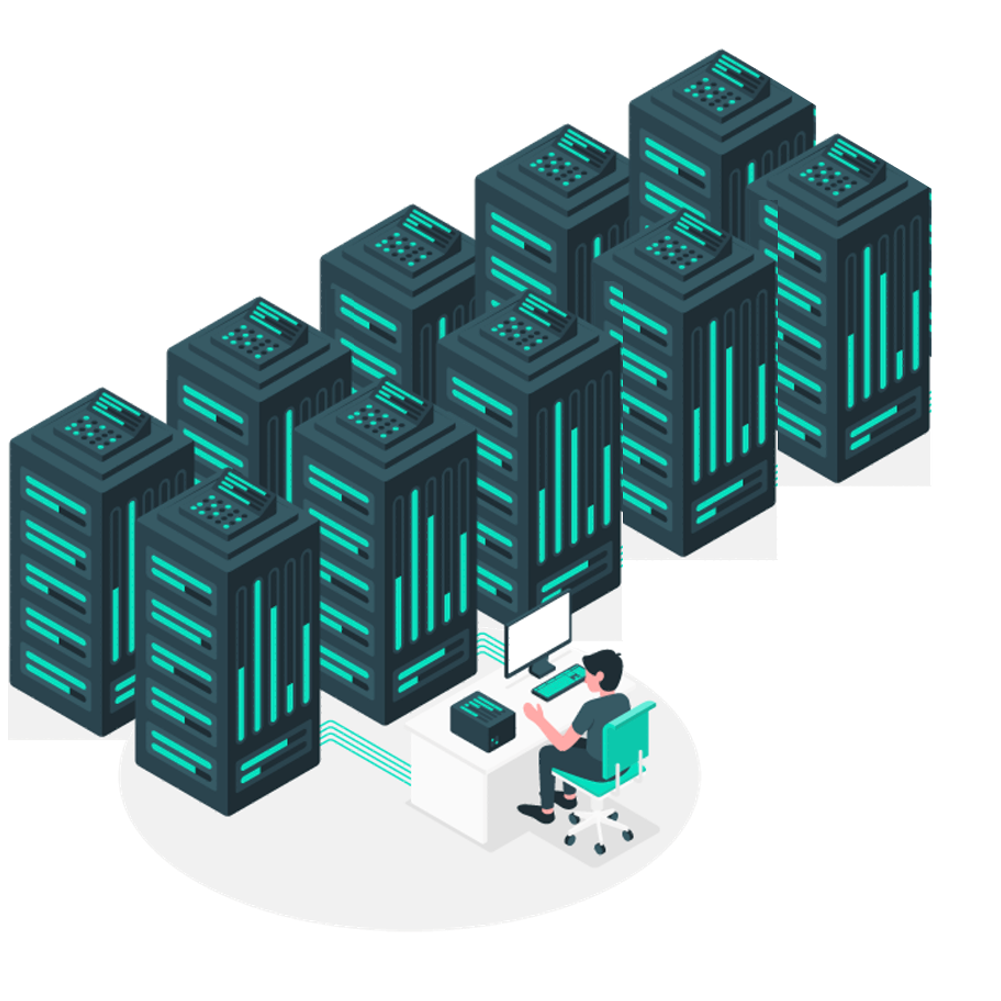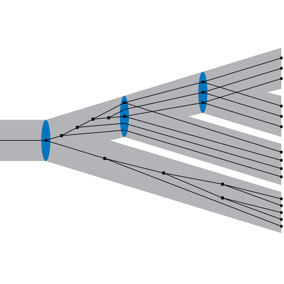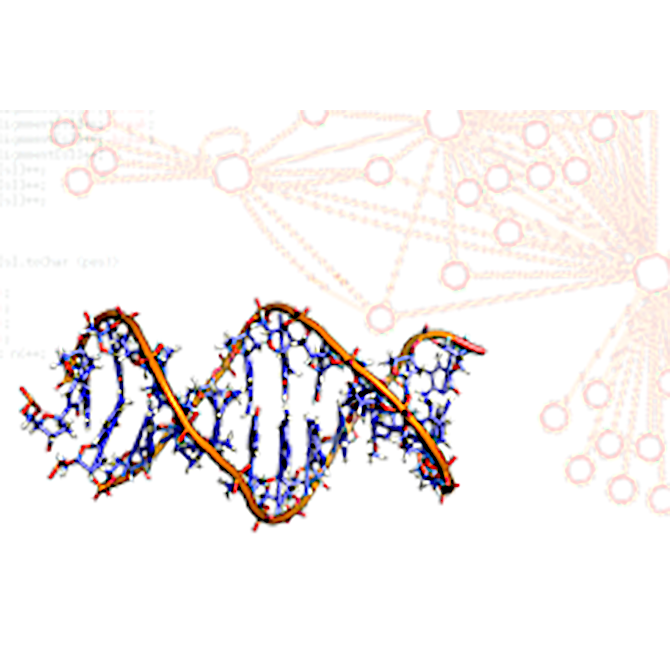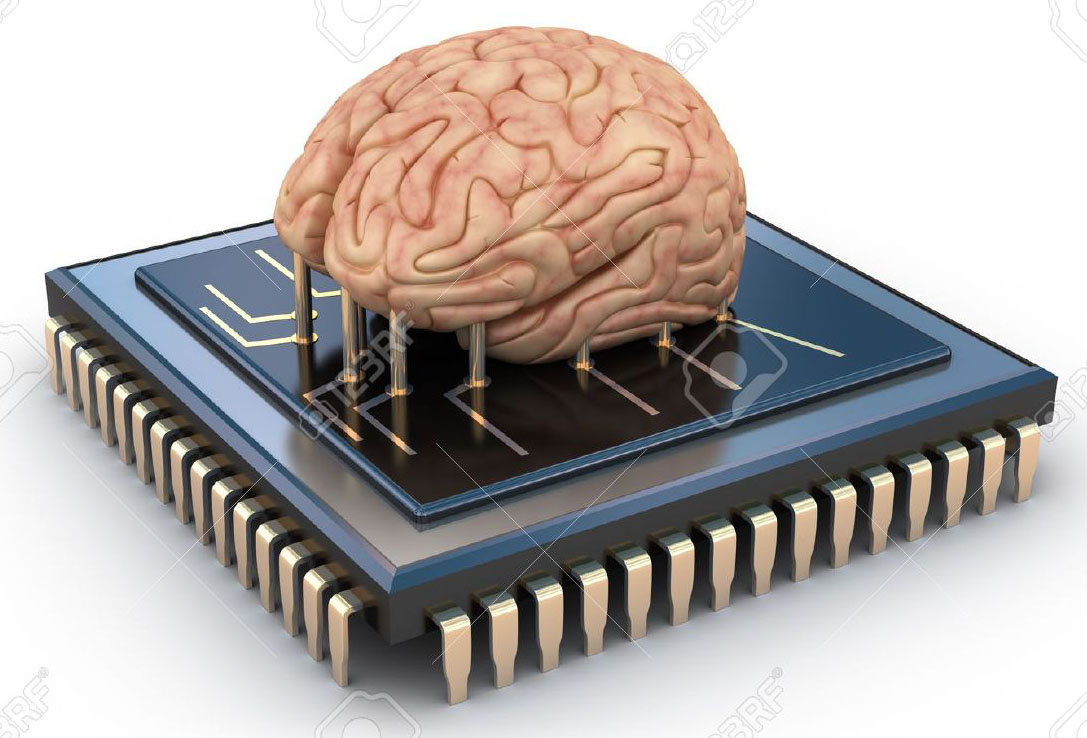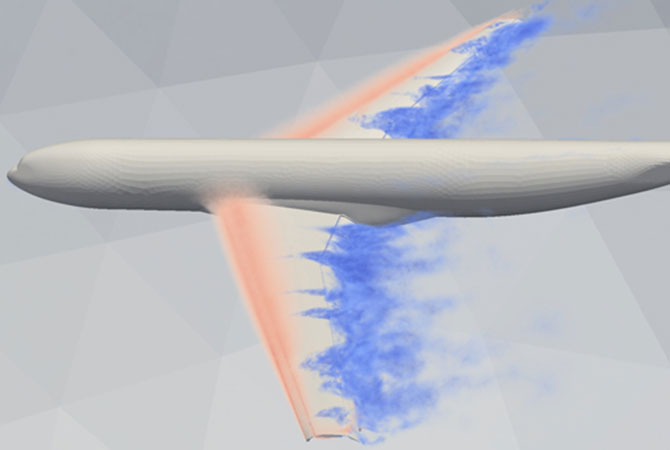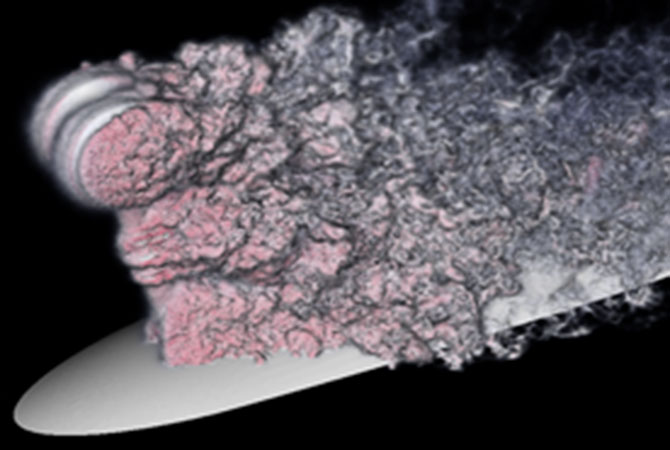Department of Computational Science and Technology
Computational Science and Technology is a multidisciplinary field that uses advanced computing methodologies to understand and solve complex problems. The department develops methods, computing environments and data analysis capabilities to solve scientific questions in a multi-disciplinary setting shaping the future of computing.
Research areas
Education
We contribute to many undergraduate and graduate programmes at KTH in Computer Science, Media Technology, Machine Learning and other areas by giving courses, and providing supervision for Master's projects and doctoral training.
Research Infrastructures and Environments
CST operates the Visualization Studio VIC - a KTH infrastructure for visualization, interaction, and collaboration. Furthermore, CST engages the InfraVis and other research infrastructures and environments.

